
Stories by Barbara Duckworth

TORONTO — Many people admit they reach for the salt shaker too often but it is the hidden sodium in the average diet that is more risky. “The salt shaker on average only contributes 10 percent of the sodium. It is what is already in the food you are ordering that you can’t touch. That […] Read more
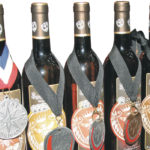
Honey wine sweet on future prospects
MILLARVILLE, Alta. — With names like Saskwatch, YeeHaw, Bastard, Redneck and Bonfire, the folks at Spirit Hills Winery like to infuse a little Alberta culture into every bottle of wine they make. Owned by Hugo Bonjean and Ilse de Wit of Millarville, located in the southern Alberta foothills, the wine is found in 200 Alberta […] Read more
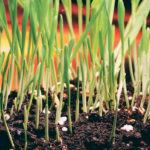
Plants well-equipped to deal with stress
Producers must understand the strategies that plants have adopted to deal with environmental and climate change
Farmers may need to brush up on plant biology to make their crops more productive. Plants have adopted a range of strategies to deal with stress brought on by environmental and climate change. Farmers can help in some ways, but the plant also knows how to respond to stresses to keep itself in a state […] Read more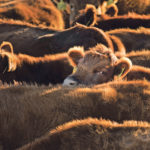
Dreams of herd expansion dashed
Cow marketings are up 16 percent in Canada this year, which puts the beef cow culling rate at liquidation levels
Higher than normal numbers of cows and heifers have gone to market this fall, dashing any hopes of growth in the beef herd for another year. Getting rid of females at a time of limited feed supplies because of severe drought and reasonable market prices was the best option for many. “Watching the yearling run, […] Read moreMcDonald’s targets antibiotics
McDonald’s has announced a wide-ranging policy to reduce the use of antibiotics in its beef supply chain. Working with its top 10 national suppliers, the corporation wants to assess the current level of medically important antibiotics used in food-producing animals. In 2020, it plans to set targets to reduce these products and will report the […] Read more
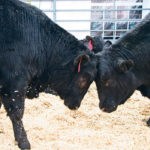
Producers must know how to interpret EPDs
Expected progeny differences can ease bull buying, but producers must first determine their breeding objectives
Using statistics like expected progeny differences can make the job of buying a new bull easier. “Expected progeny differences are the best estimate we have in terms of how a bull or a cow’s future progeny will perform on average compared to that of another potential parent,” said Matt Spangler, beef genetics professor at the […] Read moreBeef exports poised for big jump, thanks to new trade deal
Ratification of the Comprehensive and Progressive Agreement for Trans-Pacific Partnership was music to David Haywood-Farmer’s ears. “It will put us in a great spot to get things done,” said the president of the Canadian Cattlemen’s Association. Getting the deal done on the CPTPP was a top lobbying goal for the CCA, even though there were […] Read more
Crops tested in semi-arid conditions
Planting a mixture of forage species may increase productivity on tame pastures. The concept of multiple species is not new but past trials were conducted in higher moisture areas, so researchers at Agriculture Canada’s Swift Current research centre decided to try forage mixes in a semi-arid environment. The results were mostly favourable but also showed […] Read more
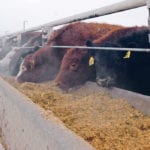
Fed cattle markets continue downward slide
Prices dropped 15 percent from the highest point in January to the low in summer, but it’s not as bad as most years
Feedlot and cow-calf margins are slipping downward as the beef market heads toward the end of the year. From the highest point in January to the low in summer, fed cattle prices dropped 15 percent, said Canfax analyst Dallas Rodger at the Alberta Beef Producers annual meeting in Calgary held Dec. 3-5. “In the last […] Read more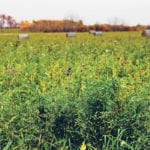
Economics guide forage genetic research
Researchers want to develop better forages that have more biomass, stress tolerance and altered leaf lipid content
The earliest form of genetic modification started thousands of years ago when ancient farmers experimented with selection of wild plants to make them better to eat. “When you see a new trait it is because a genetic change has occurred,” said Stacy Singer, a biotechnologist and microbiologist at Agriculture Canada in Lethbridge. Selection of the […] Read more



